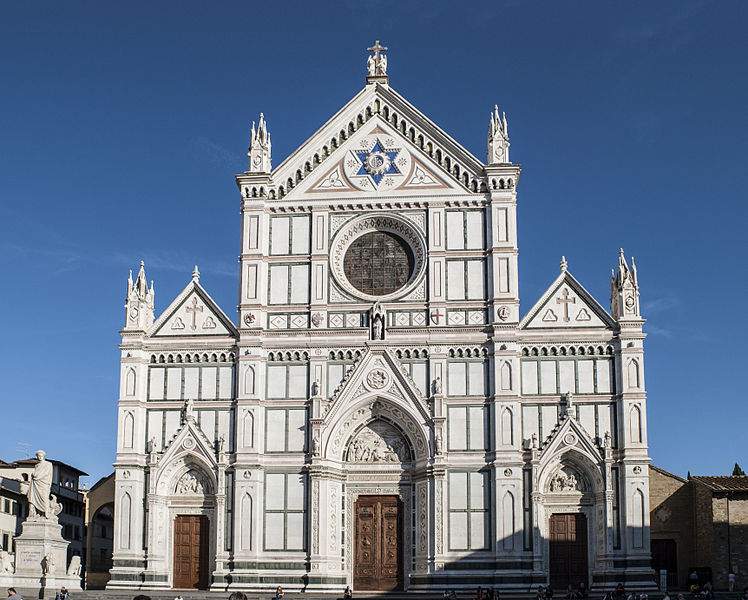Santa Croce, three notices of guarantee for collapse and Basilica closed. For Acidini, fatality not ruled out
Throughout yesterday, Friday 20, the Basilica of Santa Croce in Florence remained closed as a sign of mourning for the disappearance of Daniel Testor Schnell, the tourist struck in the head by a fragment of stone that had detached from the church’s architecture, and killed instantly while visiting the Basilica with his wife. Internal cameras captured footage of the tragedy, which is now being examined by investigators.For further investigation and verification, the Basilica will remain closed today, Saturday 21. Meanwhile, three notices of guarantee have reached the top management of the Opera di Santa Croce: this is a due act. The tourist’s family has let it be known that it will be a civil party should a trial be accomplished.
Meanwhile, the first reactions have come. The Minister of Cultural Heritage, Dario Franceschini, is calling for a quick investigation that will shed light on what happened. He is echoed by Florence Mayor Dario Nardella, who adds that “the credibility of Florence and Italy is at stake.” A message of condolence and closeness to the family came from the archbishop of Florence, Cardinal Giuseppe Betori. FAI - Fondo Ambiente Italiano, makes an analysis of Italian monuments and points the finger at the scarcity of maintenance work. Federica Ammiraglio, head of FAI’s “Places of the Heart,” told La Stampa, speaking, however, in general terms and without referring to the precise case of Santa Croce, that “perhaps one of the main problems concerns precisely the tendency to plan interventions only when we are faced with anemergency, thus having to bear much higher costs.” In today’s edition of Il Messaggero, MiBACT architect in charge of the Crisis Unit office, Cristina COllettini, says that “unregulated influx” can “cause problems to various types of works” and that “technically, a large influx of people into a place causes a surge in relative humidity and an increase in carbon dioxide, with a related rise in temperature.” Factors that could alter the state of preservation of architectural elements.
For art historian Cristina Acidini, former superintendent of the Polo Museale Fiorentino, the hypothesis of a terrible fatality cannot be ruled out. This is what she told Controradio: “What happened, although terrible, can happen in a building with centuries and centuries of history behind it. Unforeseen and unpredictable behavior, of materials could happen even with timely and frequent inspections. A parallel can be drawn with what sometimes happens with trees: maybe they are monitored, assiduously cared for; then all of a sudden, a gust of wind knocks them down. Knowing the basilica well, I say that I cannot think that what happened today is related to neglect: the funding the complex receives is substantial, the controls, checks and maintenance regular, periodic and entrusted to specialists.”
Image: the Basilica of the Holy Cross. Ph. Credit
 |
| Santa Croce, three notices of guarantee for collapse and Basilica closed. For Acidini, fatality not ruled out |
Warning: the translation into English of the original Italian article was created using automatic tools. We undertake to review all articles, but we do not guarantee the total absence of inaccuracies in the translation due to the program. You can find the original by clicking on the ITA button. If you find any mistake,please contact us.





























